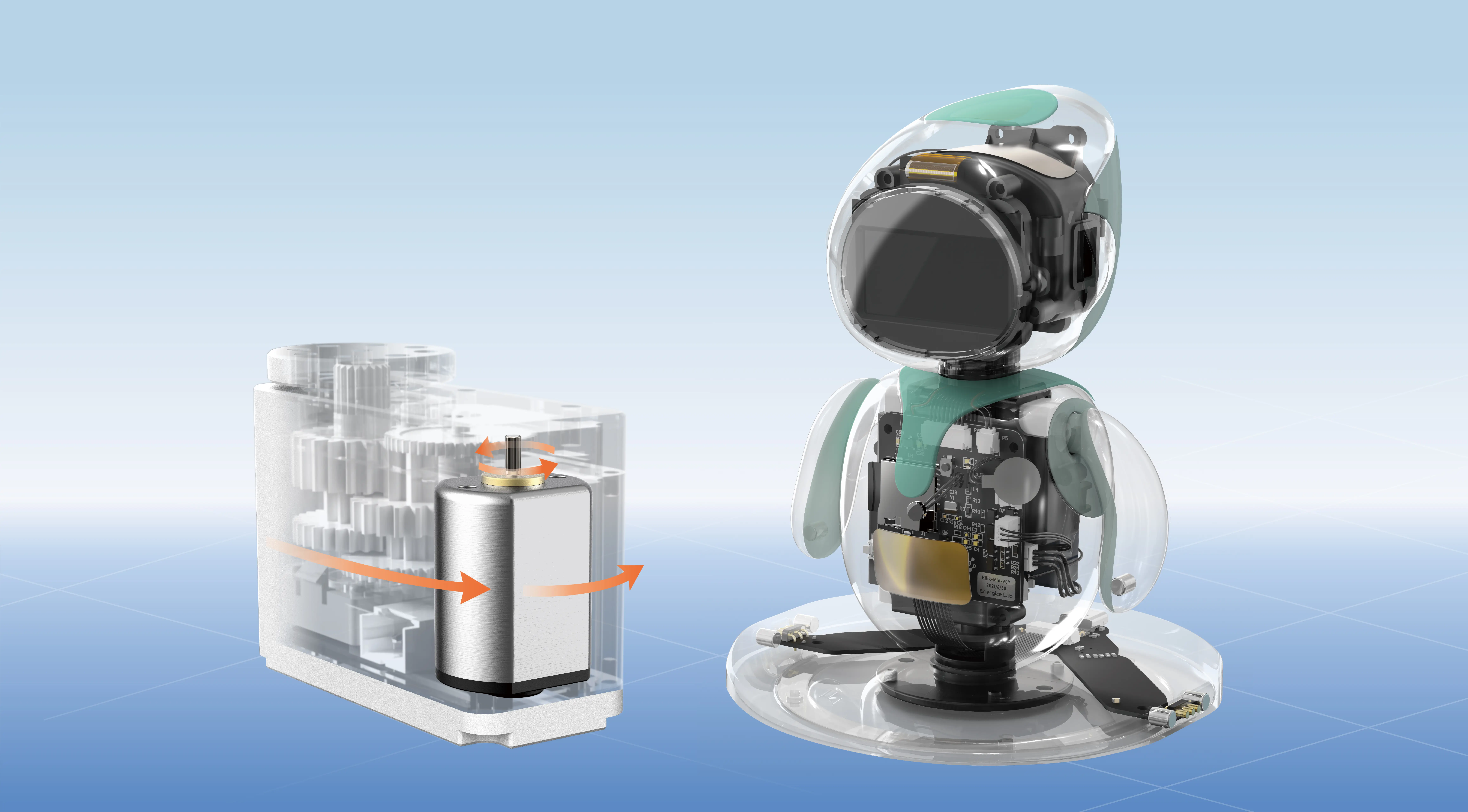When it comes to building scalable and efficient software systems, microservices architecture is a game-changer. But how do you make sure you hire the right people who understand the ins and outs of microservices? If you’re about to conduct interviews for a position that requires expertise in microservices, preparing the right questions is key. Let’s dive into some of the most important aspects you should focus on.

What are microservices, and how do they differ from monolithic architecture?
This might seem basic, but you’d be surprised how often this question trips up even seasoned professionals. Microservices are all about breaking down large, complex systems into smaller, more manageable pieces. Each microservice focuses on a specific function and can be developed, deployed, and scaled independently. On the flip side, monolithic architecture is the traditional approach, where the entire application is one big block that works as a whole.
This question tests whether the candidate truly understands the value of microservices—such as improved scalability, better fault tolerance, and easier maintenance. If they can explain these concepts clearly, it shows they’re on the right track.
How do you handle inter-service communication in a microservices environment?
In a microservices setup, services need to talk to each other. It’s not as simple as making one big call and getting a result. Different tools and technologies can be used to manage communication, like RESTful APIs, gRPC, or event-driven messaging systems.
A good answer should involve explaining both synchronous and asynchronous communication and why each is useful in different scenarios. For example, RESTful APIs are commonly used for direct communication between services, but message brokers like Kafka are more suited for event-driven communication, ensuring that the system remains decoupled and resilient.
What challenges do you face when deploying microservices, and how do you overcome them?
Deploying microservices is not always a smooth ride. One major challenge is ensuring all the different services are up and running smoothly without affecting the rest of the system. The answer should touch on things like continuous integration/continuous deployment (CI/CD), containerization (Docker), and orchestration tools (like Kubernetes). These are essential for maintaining the flow and health of multiple microservices.
Beyond deployment, challenges also include managing data consistency and handling inter-service failures. A candidate who understands patterns like Saga or Circuit Breaker for managing these issues demonstrates a deeper grasp of microservices architecture.
How do you ensure security in a microservices environment?
Security is often an afterthought, but in a microservices environment, it’s crucial to think about it from the beginning. One common approach to securing microservices is through API gateways, which can manage authentication, authorization, and logging. Token-based security protocols like JWT (JSON Web Tokens) are also a must for handling secure communication between services.
A strong candidate will discuss how they’ve implemented security measures in real-world projects, perhaps by using OAuth, role-based access control (RBAC), or end-to-end encryption for sensitive data.
How do you monitor microservices effectively?
Monitoring microservices can quickly become overwhelming due to the sheer number of services and potential points of failure. The right tools can make all the difference. Candidates should mention tools like Prometheus for metrics collection, Grafana for visualizing those metrics, and ELK Stack (Elasticsearch, Logstash, Kibana) for logging and debugging.
Microservices are dynamic, and without proper monitoring, pinpointing issues becomes a game of chance. So, knowing how to set up robust logging, tracing (with tools like Zipkin or Jaeger), and alerting systems is essential.
Closing Thoughts
Building a reliable, scalable microservices-based application requires a deep understanding of both the theory and the tools that make it work. Asking the right questions during interviews can help you find the candidates who are up to the challenge. It’s not just about technical knowledge; it’s about understanding the trade-offs, the real-world challenges, and the best practices to ensure success. By focusing on these critical areas, you’ll be one step closer to assembling a team that can navigate the complexities of microservices and drive your projects to success.
Established in 2005, Kpower has been dedicated to a professional compact motion unit manufacturer, headquartered in Dongguan, Guangdong Province, China. Leveraging innovations in modular drive technology, Kpower integrates high-performance motors, precision reducers, and multi-protocol control systems to provide efficient and customized smart drive system solutions. Kpower has delivered professional drive system solutions to over 500 enterprise clients globally with products covering various fields such as Smart Home Systems, Automatic Electronics, Robotics, Precision Agriculture, Drones, and Industrial Automation.




































